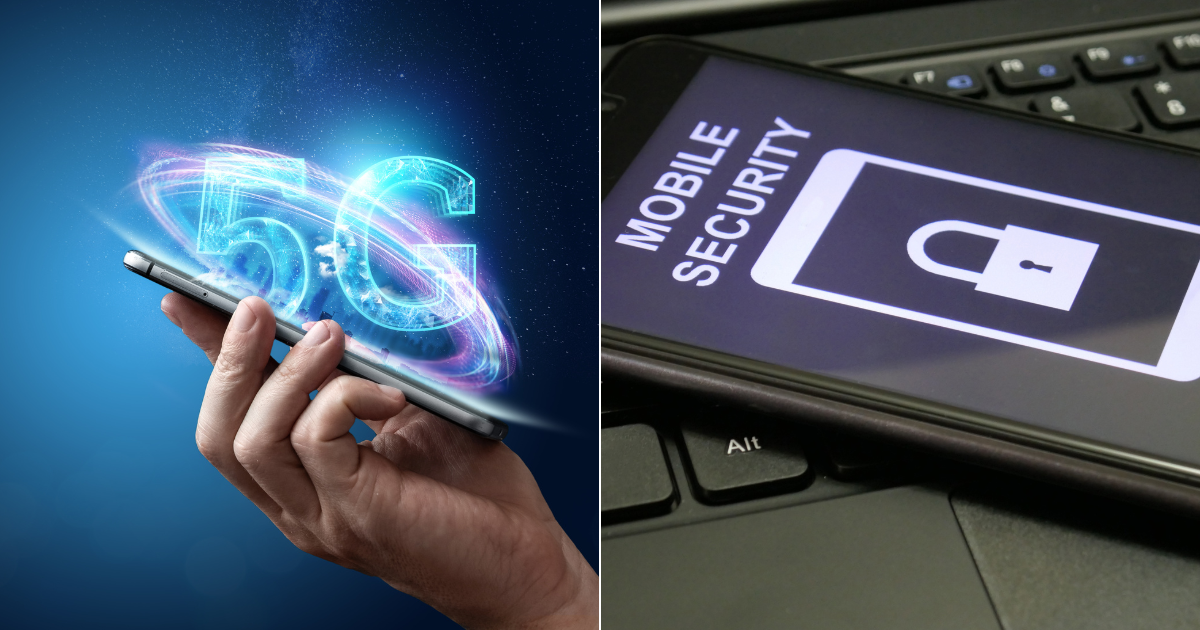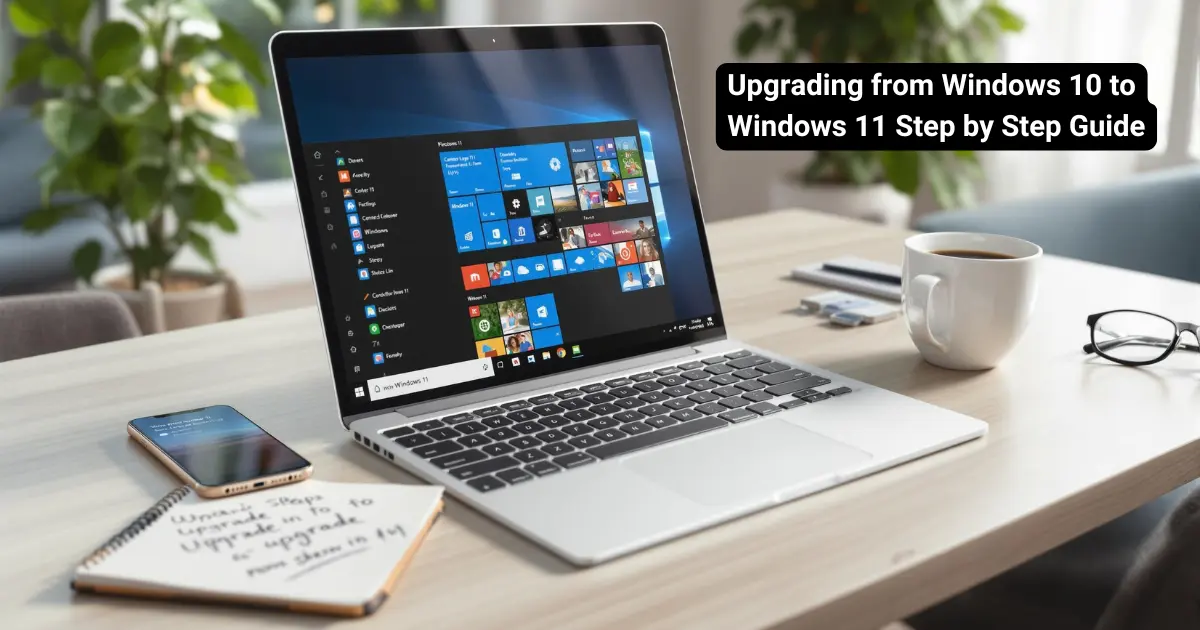In today’s rapidly evolving digital landscape, the advent of 5G technology has revolutionized how we connect and communicate. With its promise of lightning-fast speeds and unprecedented connectivity, 5G is set to transform industries and enhance our daily lives. However, as with any technological advancement, the rise of 5G also brings new security and privacy challenges. Ensuring the security of your 5G devices is crucial to protect your personal information and maintain your privacy. This guide will provide you with actionable advice and best practices to secure your 5G devices and safeguard your privacy.
Table of Contents
Understanding FRP and Its Role in Security
Factory Reset Protection (FRP) is a security feature designed to protect your device and data. It prevents unauthorized access to your device after a factory reset by requiring the original Google account credentials. This feature is particularly important for 5G devices, as they often contain sensitive personal and financial information.
While FRP is a valuable security measure, there are times when you might need to bypass it, such as when you forget your credentials or purchase a second-hand device. In such cases, using safe and legitimate methods to unlock your device is essential. Tools like the “revvl v 5g frp unlock tool” can help, but it’s crucial to ensure that any tool you use is reputable and does not compromise your device’s security.
Safe Methods to Unlock and Secure 5G Devices
Unlocking your 5G device safely is paramount to maintaining its security. Here are some best practices:
- Use Trusted Tools and Services: When unlocking your device, use only trusted tools and services. Research thoroughly and read reviews to ensure the tool is legitimate and safe.
- Enable Two-Factor Authentication (2FA): Adding an extra layer of security, such as 2FA, can significantly enhance your device’s protection. This requires a second form of verification, making it harder for unauthorized users to access your device.
- Regular Software Updates: Keep your device’s software up to date. Manufacturers regularly release updates to patch security vulnerabilities and improve device performance.
- Secure Lock Screen: Use a strong password, PIN, or biometric authentication to secure your lock screen. Avoid using easily guessable passwords or patterns.
- Safe Mode for Troubleshooting: If you encounter issues with your device, using safe mode can help diagnose and fix problems without compromising security. For instance, “moto 5g safemode to remove password from phone” can be a useful method for troubleshooting.
Tips for Safeguarding Your Privacy on 5G Networks
As 5G networks expand connectivity, maintaining your privacy becomes increasingly crucial. Here are some ways to help guard your personal information:
- Utilize a VPN: Employing a Virtual Private Network (VPN) can secure your internet activity by encrypting your connection, making it more difficult for cybercriminals to access your data. This is especially important when using public Wi-Fi.
- Control App Permissions: Frequently review the permissions granted to apps on your device. Ensure that you only allow permissions essential for the app’s core functions, minimizing unnecessary access to your data.
- Turn Off Location Services: Disable location tracking on your device unless it’s absolutely necessary. This prevents applications and services from accessing your location information without your explicit consent.
- Exercise Caution with Public Wi-Fi: Avoid using public Wi-Fi networks for accessing sensitive information or performing financial transactions. If you must use public Wi-Fi, enhance your security by connecting through a VPN.
- Perform Regular Privacy Checks: Conduct periodic reviews of your device’s privacy settings. Look for any unusual activities or unauthorized access attempts to your accounts, and take corrective action as needed.
Common Security Threats and How to Mitigate Them
As 5G technology becomes more prevalent, the security risks associated with it also increase. Here are some typical threats and strategies to mitigate them:
- Phishing Scams: These scams aim to deceive you into providing personal information. Always scrutinize emails or messages that seem suspicious, and confirm the sender’s identity before clicking on any links.
- Malware and Viruses: Malicious software can jeopardize your device’s security and compromise your data. To protect yourself, install trusted antivirus programs and refrain from downloading applications from unreliable sources.
- Man-in-the-Middle Attacks: These occur when an attacker intercepts communications between two parties. Utilizing a Virtual Private Network (VPN) can safeguard your data by encrypting it, thus preventing unauthorized access.
- Data Breaches: Such breaches can lead to your personal information being accessed by unauthorized individuals. Protect your accounts by using strong, unique passwords and enabling two-factor authentication (2FA) whenever possible.
- SIM Swapping: This involves unauthorized transfer of your phone number to a different SIM card. To prevent this, contact your mobile service provider to implement additional security measures, like setting up a PIN or password.
Conclusion: Keeping Your 5G Device Secure
In conclusion, securing your 5G device and protecting your privacy requires a proactive approach. By understanding the potential threats and implementing the best practices outlined in this guide, you can significantly enhance your device’s security and safeguard your personal information. Remember to stay informed about the latest security trends and regularly update your security measures to keep your device protected.
Recommend Security Tools and Practices
To further enhance your 5G device security, consider using reputable security tools and services. Regularly review your security settings and stay vigilant against potential threats. By taking these steps, you can enjoy the benefits of 5G technology while keeping your personal information safe and secure.
Frequently Asked Question : 5G Device Security and Privacy
What is the Security and Privacy of 5G?
The security and privacy of 5G networks are critical components of their design and implementation. 5G networks are built to support a vast array of devices and applications, from smartphones to IoT devices, which increases the potential attack surface for cyber threats. To address these challenges, 5G incorporates advanced security protocols and measures aimed at protecting user data and ensuring the integrity of communications.
5G networks utilize a combination of encryption, authentication, and access control mechanisms to safeguard user information. These steps are made to guard against unapproved access, data leaks, and other online dangers. Additionally, privacy features are integrated into the network architecture to ensure that user data is handled responsibly and in compliance with regulations.
Is 5G Safe and Secure?
While no technology can be deemed entirely “safe,” 5G networks are designed with enhanced security features compared to their predecessors, such as 4G. The 5G architecture includes improved encryption methods, more robust authentication processes, and better overall network management, which collectively contribute to a more secure environment.
However, the increased complexity of 5G networks also introduces new vulnerabilities. The proliferation of connected devices, particularly in the Internet of Things (IoT), can create potential entry points for cybercriminals. Therefore, while 5G is generally considered safer than previous generations, users must remain vigilant and adopt best practices to protect their devices and data.
What are the 4 P’s of 5G Network Security?
The 4 P’s of 5G network security refer to four key principles that guide the security framework of 5G networks:
- Privacy: Ensuring that user data is protected and that individuals have control over their personal information. This includes implementing measures to prevent unauthorized access and data breaches.
- Protection: Safeguarding the network infrastructure and connected devices from cyber threats. This involves using advanced encryption, firewalls, and intrusion detection systems to defend against attacks.
- Performance: Maintaining the performance and reliability of the network while implementing security measures. Security protocols should not significantly degrade the user experience or network efficiency.
- Policy: Establishing clear security policies and compliance measures to govern the use of the network. This includes adhering to regulations and standards that protect user data and ensure responsible data handling.
What is the Security Encryption of 5G?
5G networks employ several encryption methods to secure data transmission. The primary encryption protocols used in 5G include:
- AES (Advanced Encryption Standard): A widely used symmetric encryption algorithm that provides strong security for data at rest and in transit.
- ZUC (ZUC-128): A stream cipher specifically designed for 5G networks, providing confidentiality and integrity for user data.
- IPsec (Internet Protocol Security): A suite of protocols that encrypts and authenticates data at the IP layer, ensuring secure communication over the network.
These encryption methods work together to protect user data from interception and unauthorized access, making 5G networks more secure than previous generations.
Is 5G Internet Secured?
Yes, 5G internet is designed with security in mind. The combination of advanced encryption, robust authentication mechanisms, and improved network management practices contributes to a more secure internet experience. However, the security of 5G internet also depends on user practices. Users should implement additional security measures, such as using VPNs, enabling two-factor authentication, and regularly updating their devices to enhance their security posture.
What is TLS in 5G?
TLS (Transport Layer Security) is a cryptographic protocol that provides secure communication over a computer network. In the context of 5G, TLS is used to encrypt data transmitted between devices and servers, ensuring that sensitive information remains confidential and protected from eavesdropping.
TLS plays a crucial role in securing applications and services that rely on 5G networks, such as mobile banking, e-commerce, and IoT applications. By implementing TLS, 5G networks can provide a secure channel for data transmission, helping to protect user privacy and maintain the integrity of communications.
Want to learn more about our family-friendly tech blog? Check out our “Hello Read Me” for an introduction to our mission, topics, and more.



















What do you think?
Show comments / Leave a comment